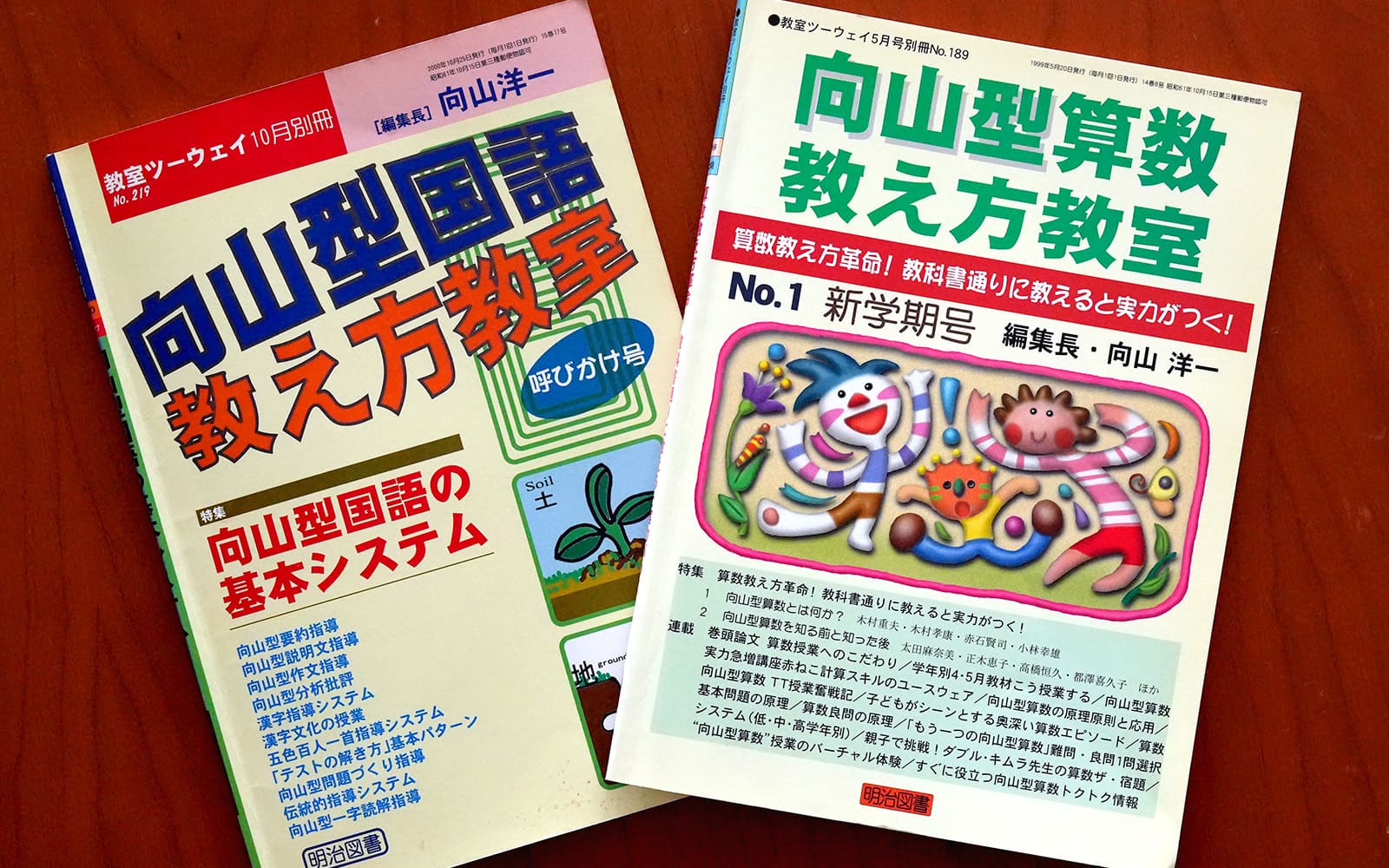Mr. Mukoyama tried to change children who “are not good at”
into children who “are good at,” throughout his life.
He did great work for the field of education in Japan.
WORKS #1
The largest private teachers organization in Japan,
organised by Mr. Mukoyama.
TOSS, standing for Teachers’ Organisation of Skill Sharing, is Japan’s largest private teachers’ organisation, organised by Mukoyama. TOSS is committed to providing ‘valuable education for children’ and persistently working to improve teachers’ skills for the benefit of the precious future leaders of the next generation.
In 2001, Mukoyama founded ‘TOSS Internet Land’, also referred to as TOSS Land. TOSS Land boasts more than 20,000 registered pieces of content spanning a wide range of areas, such as lesson plans for various subjects, classroom management, techniques, and special needs education. All of these resources are freely accessible to the public. As of 2023, TOSS Land has received about 130 million total visits, with approximately 2 million page views per month from 70 countries across the globe.
In Japan, there are nearly 700 TOSS circles, comprising about 10,000 members (as of August 2023).
For more information, visit the official TOSS website at: https://www.toss.or.jp/
TOSS Land can be accessed at: https://land.toss-online.com/
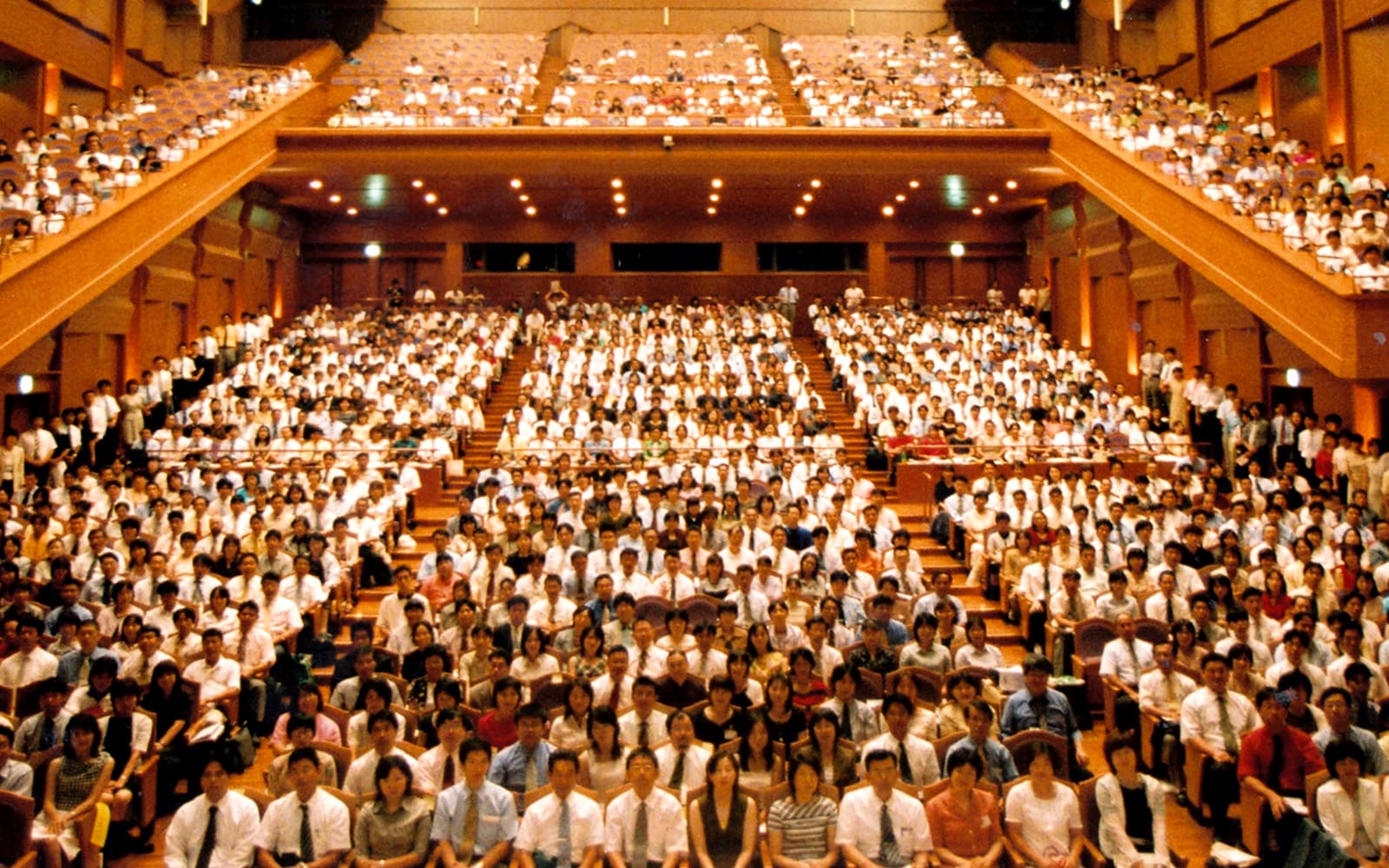
WORKS #2
Founded by Mukoyama,
the largest educational movement in Japan during the 20th century.
Its mission was to gather and disseminate effective teaching skills and methods. The movement was active from 1984 to 2001. During this period, it published over 10 different magazines, including “Kyoshitsu Two-Way” and produced more than 1,000 associated books. The number of study groups (Hosokuka circles) aligned with the movement reached 1,000 across the country. From the late 1980s to the 1990s, this movement became a significant social phenomenon.
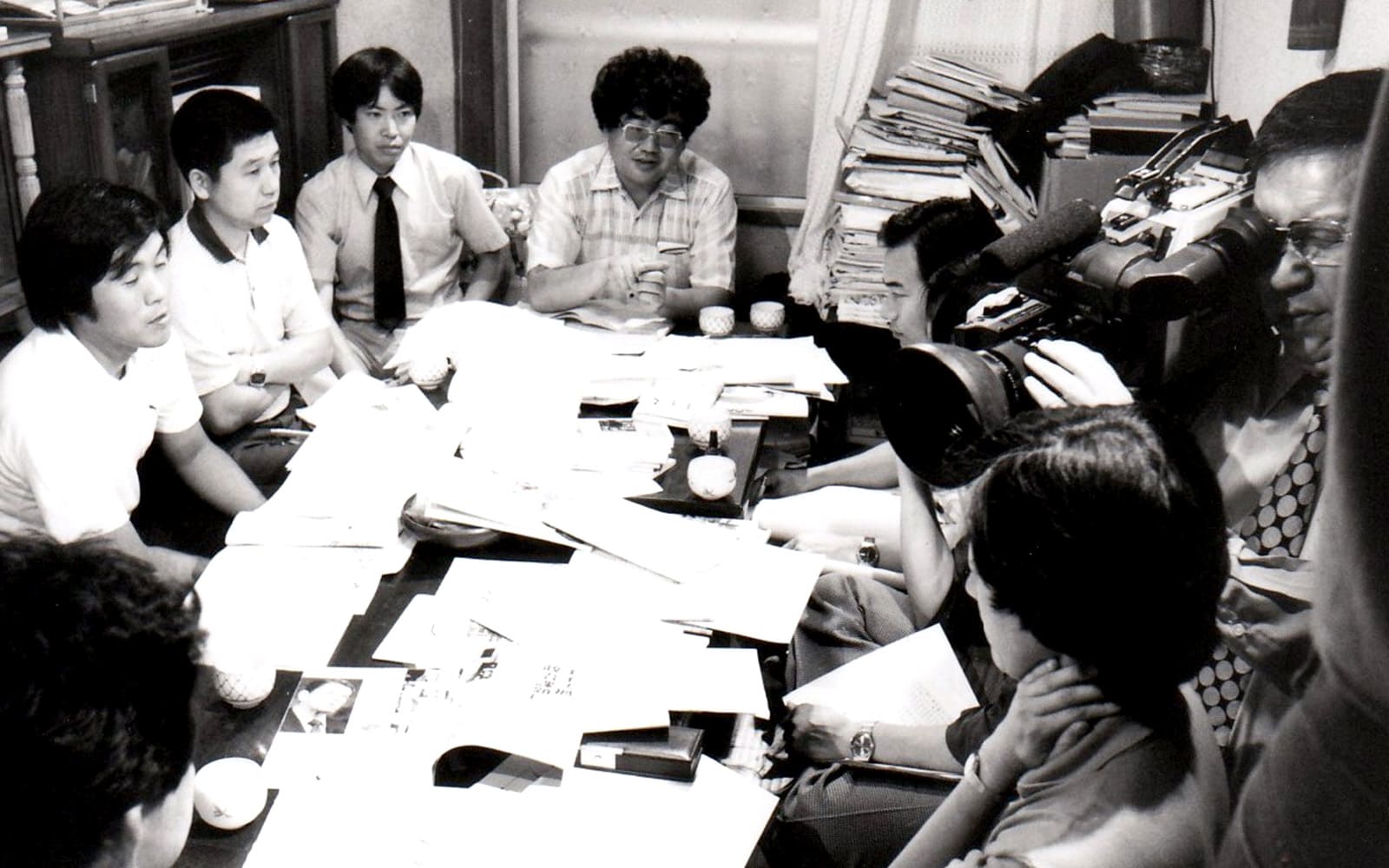
WORKS #3
‘Don’t say your thought but show facts of children.’
Mr. Mukoyama has been involved in numerous educational debates, including those centered around “the Sharing of Educational Skills and Methods.” Furthermore, he has continually put forth innovative educational proposals. All of these contributions have made a significant impact on educational research in Japan.
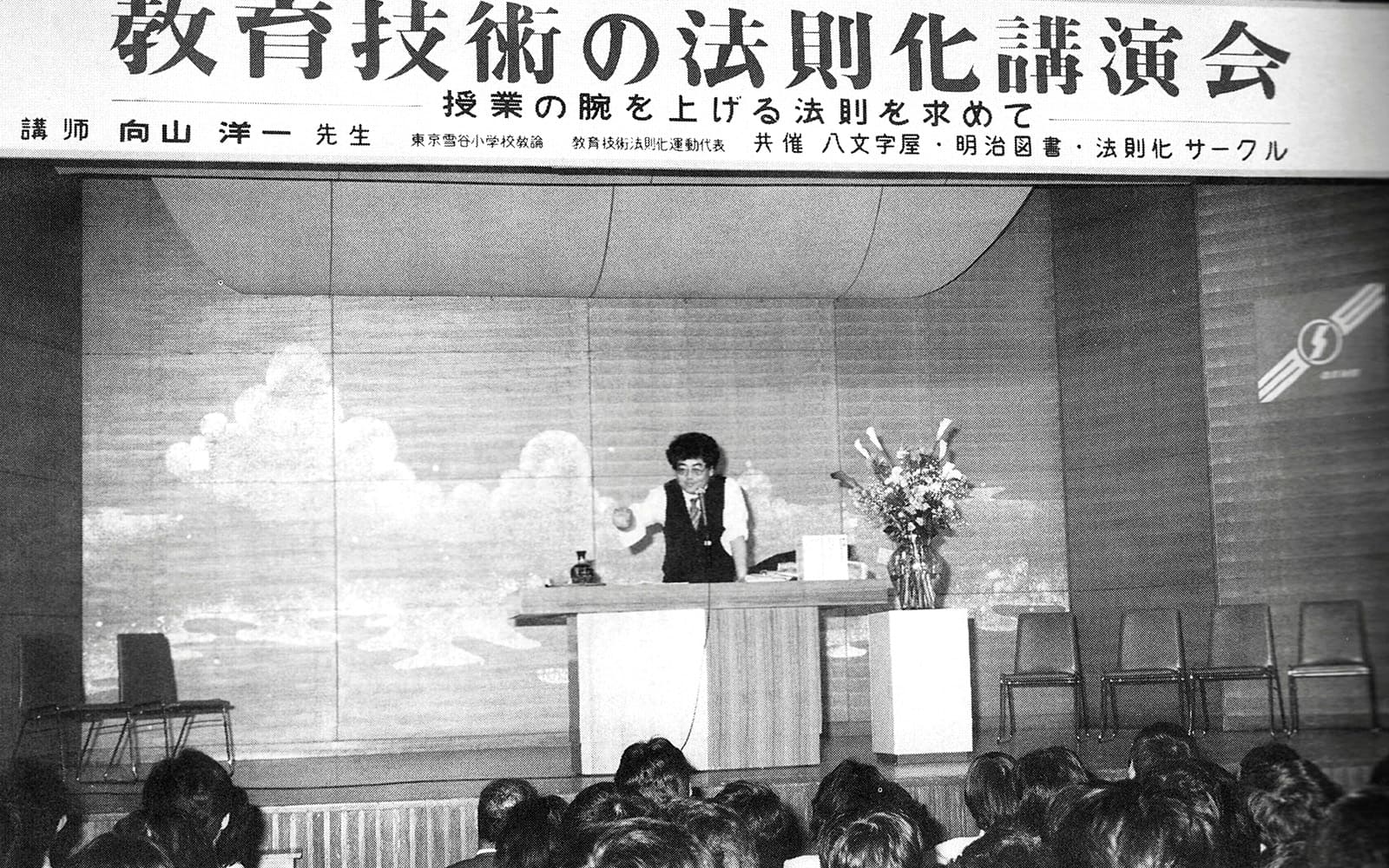
WORKS #4
An Unprecedented Circulation of 30,000 Copies: A Reader-Participation
Monthly Magazine Led by Editor-in-Chief Mukoyama
“Kyoshiitsu Two-Way” was a monthly educational magazine that encouraged reader participation, with Mukoyama serving as its editor-in-chief. The publication was in circulation from April 1986 to March 2015. Achieving a peak distribution of over 30,000 copies, it was exceptionally successful for an educational magazine in Japan.
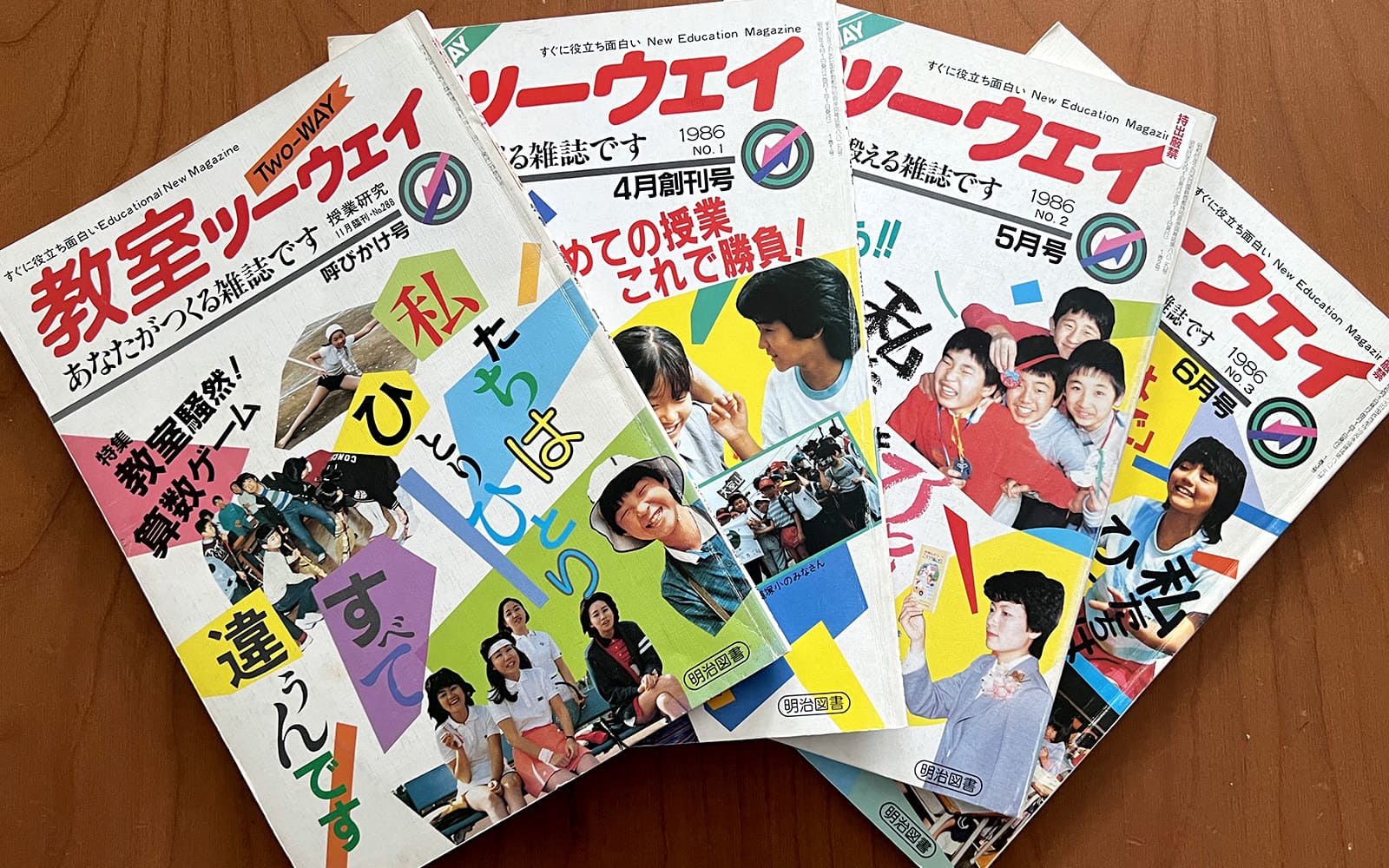
WORKS #5
A fantastic teaching material, where each game ends in just three
minutes, and yet children become engrossed, and furthermore,
it helps the class to build a good relationship.
“Gosyoku Hyakunin Isshu,” popularized by Mukoyama in the 1990s, is an educational resource that encourages familiarity with traditional Japanese culture. In Japan, it has been enjoyed by over 300,000 teachers and three million children nationwide.
The game’s popularity has led to the organization of annual “Gosyoku Hyakunin Isshu” tournaments across various regions in Japan. Additionally, the All Japan Karuta Association has officially recognized the General Incorporated Association’s “Gosyoku Hyakunin Isshu” as a recommended card set.
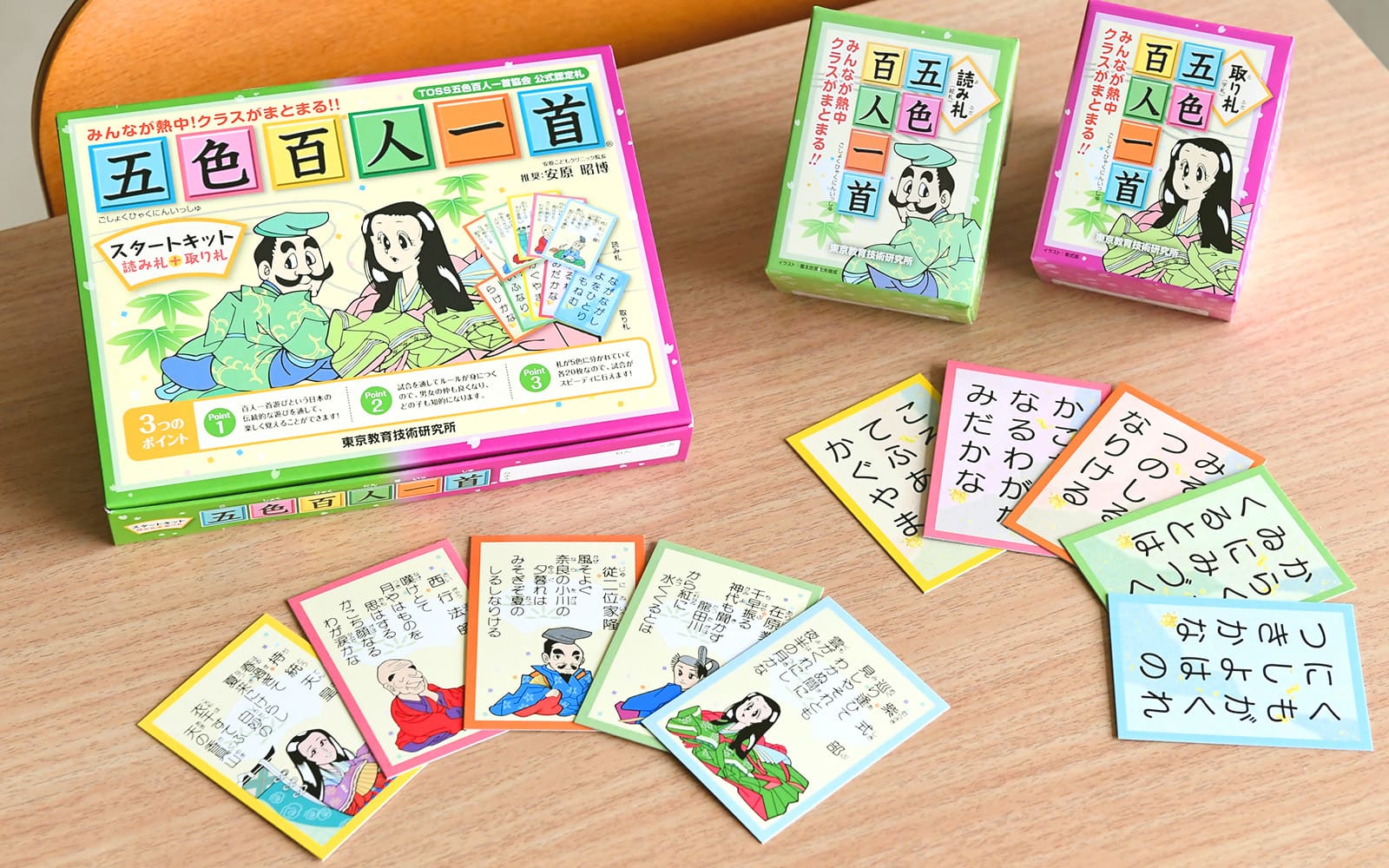
WORKS #6
The principles for improving teaching, proposed by Mr. Mukoyama,
have been detailed in long-selling books that have seen over 100 editions.
Mukoyama’s Ten Principles of Teaching are as follows:
| Article 1: | Principle of Explaining the Purpose – Explain the significance of the instructions. |
|---|---|
| Article 2: | Principle of One Time, One Action – Give only one instruction at a time. |
| Article 3: | Principle of Simplicity – Keep instructions and questions concise and specific. |
| Article 4: | Principle of All Students – Direct instructions towards all students. |
| Article 5: | Principle of Environment, Time, and Materials – Ensure students are provided with the necessary environment, time, and materials for their activities. |
| Article 6: | Principle of Small Steps – Break down the teaching content into smaller, manageable parts. |
| Article 7: | Principle of No Free Time – Avoid leaving any student with idle time. |
| Article 8: | Principle of Confirmation – Regularly monitor students’ progress during instruction. |
| Article 9: | Principle of Individual Grading – Differentiate who excels and who needs improvement. |
| Article 10: | Principle of Encouragement – Provide consistent encouragement and support. |
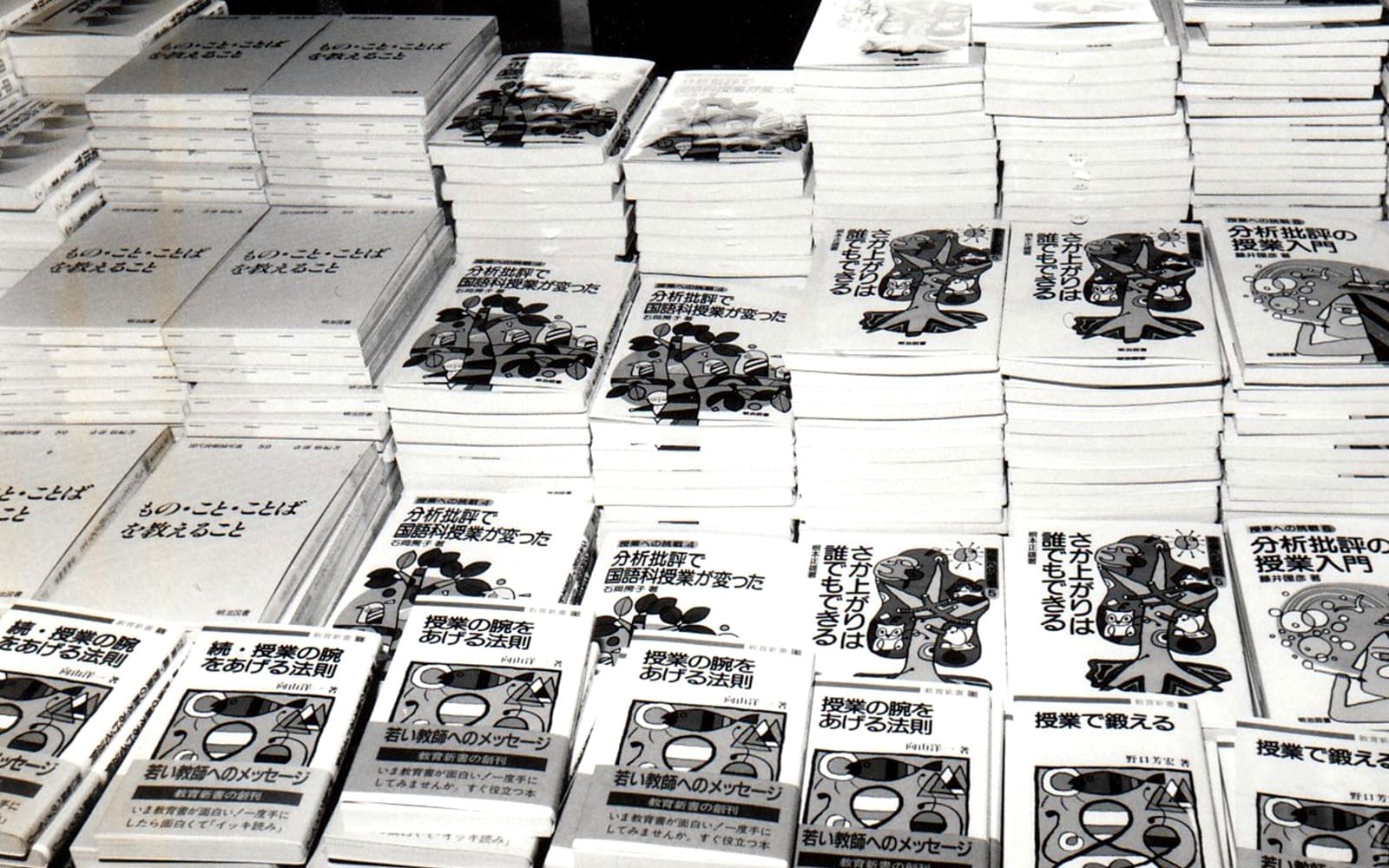
WORKS #7
Japan’s best educational materials empowering the child
to master core academic skills.
Mr. Mukoyama has developed a series of enduringly popular educational materials, including “Akaneko Kanji Skill,” “Akaneko Calculation Skill” and “Speaking-Listening Skill.” Each of these materials is designed with various systems and know-how that aim not only to engage children in learning but also to help them build academic skills.
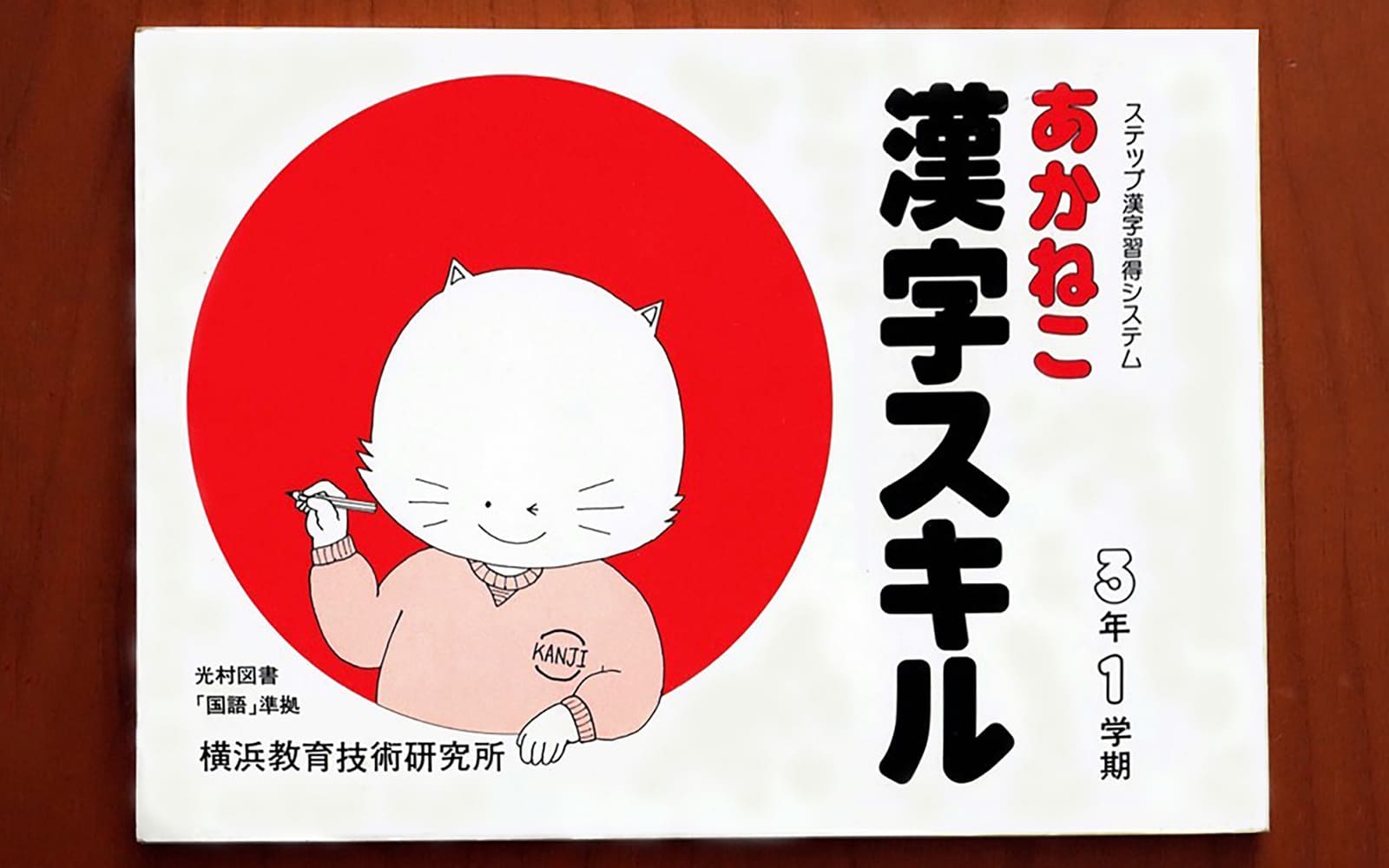
WORKS #8
Educational Concepts Created by Mukoyama:
“Classroom Collapse”, “Monster Parent”, etc.
Mr. Mukoyama has coined several educational terms that are widely used in Japanese mass media today. These include “The Golden Three Days,” “Classroom Collapse,” and “Monster Parents.”
For instance, ‘The Golden Three Days’ refers to the first three days of a new school year. During this time, children are exceptionally receptive to their teachers’ instructions, making these initial days crucial for setting the tone for the rest of the year.
He also defined ‘Classroom Collapse’ as situations where even experienced teachers find it difficult to maintain control and effectively teach, while ‘Monster Parents’ refers to parents who excessively interfere with normal educational activities.
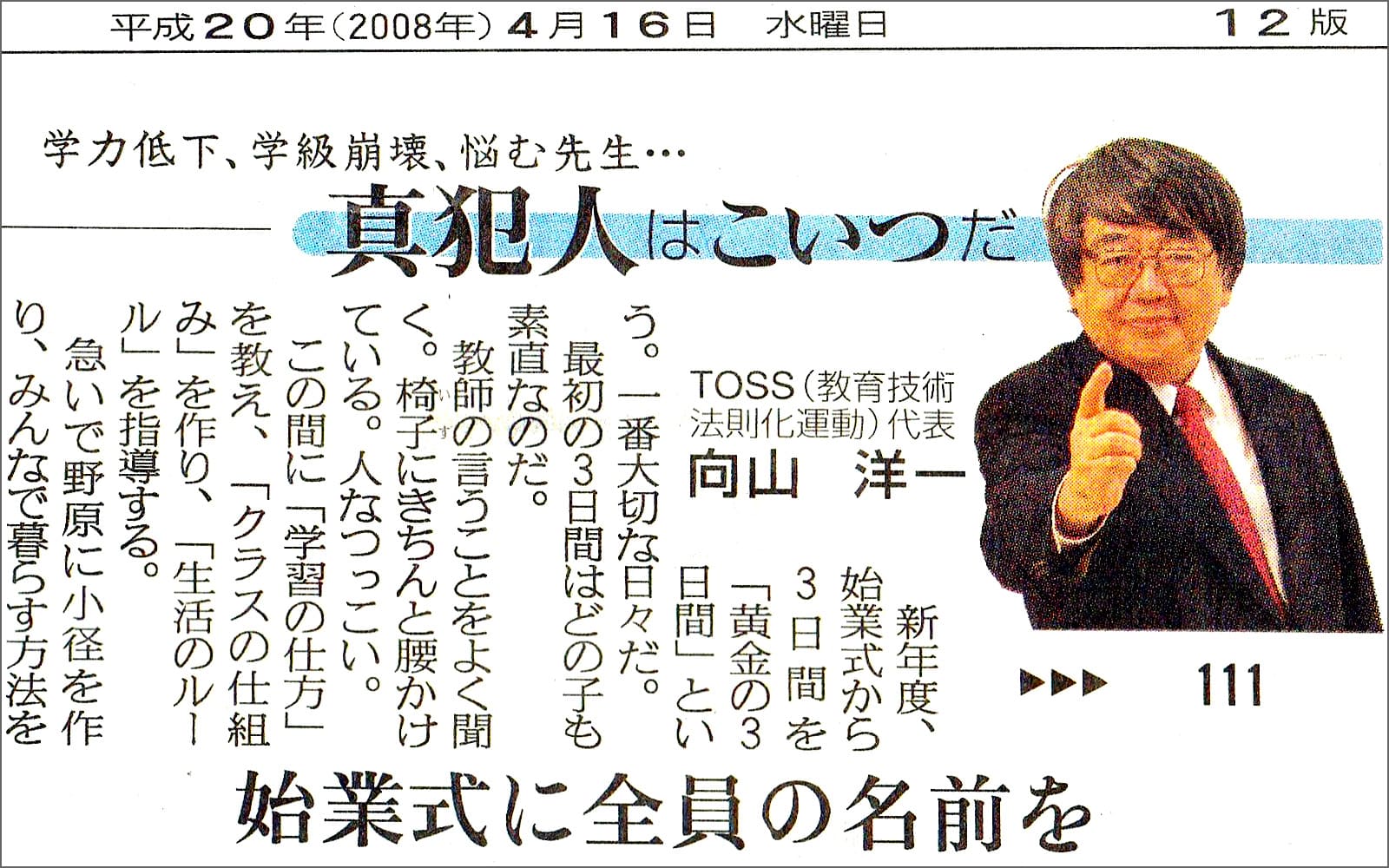
WORKS #9
New teaching systems developed by Mr. Mukoyama,
based on the facts of children in the classroom.
The “Mukoyama Teaching Methods” are educational systems that aim to empower children who struggle with certain tasks by providing them with the necessary skills, while also ensuring satisfaction for those who already possess those skills. Mukoyama developed and refined these teaching methods over his 32-year career as an elementary school teacher.
The “Mukoyama Teaching Method for Japanese Language” has the potential to significantly enhance various skills, including summarization, debating, essay writing, and memorization.
The “Mukoyama Teaching Method for Mathematics” has led to notable improvements in various regions of Japan, with average scores exceeding 90 points. Children who had previously struggled with mathematics have become capable of understanding and solving mathematical problems.
